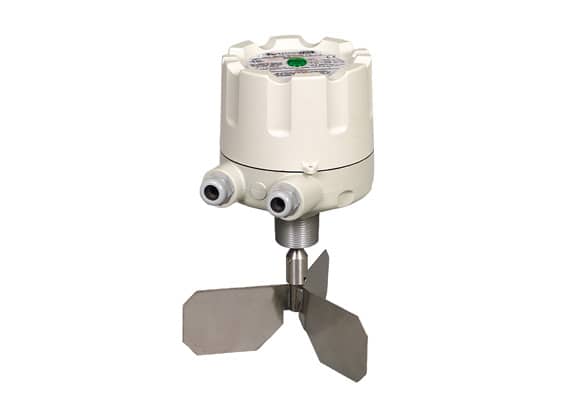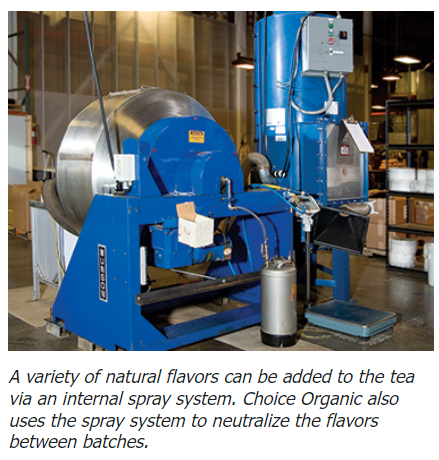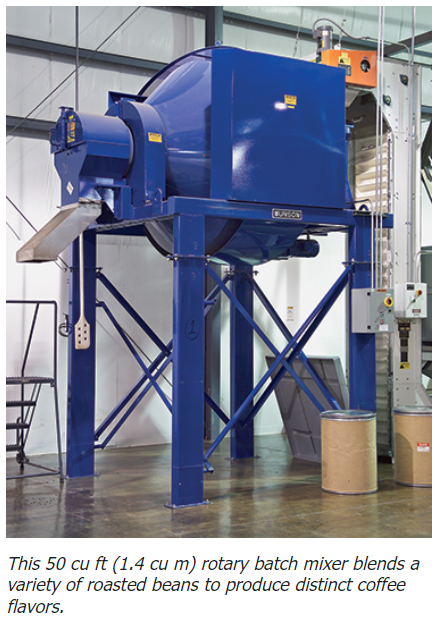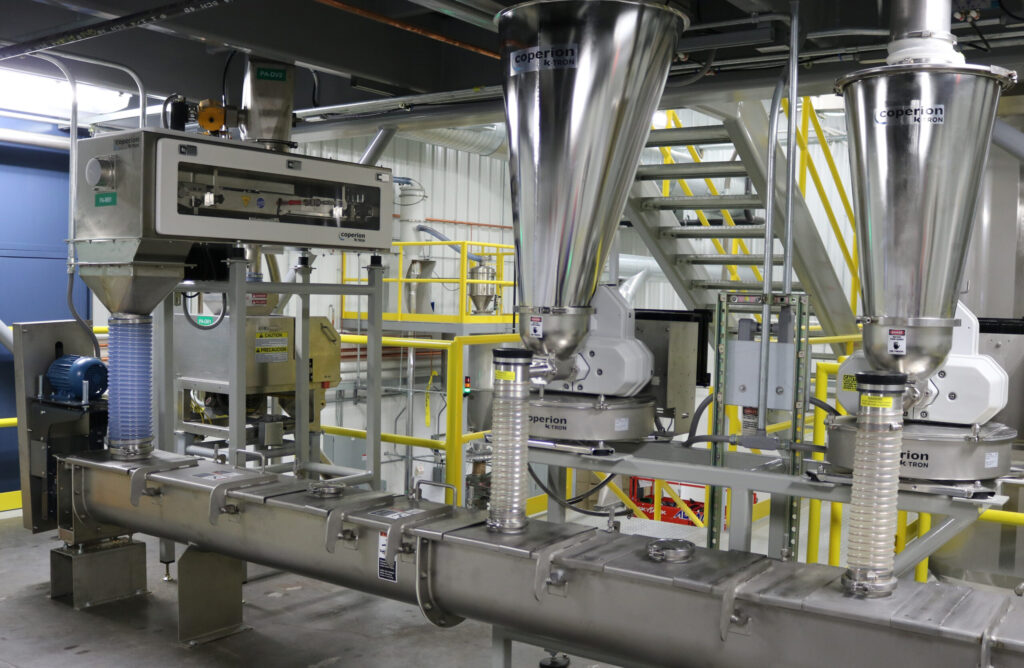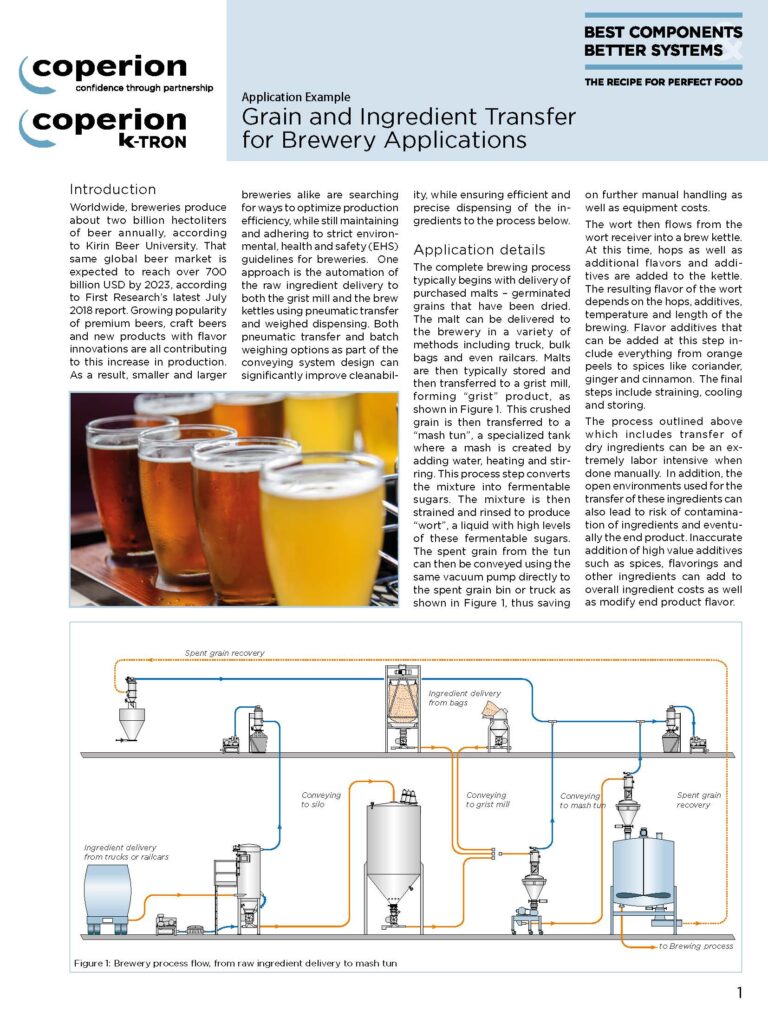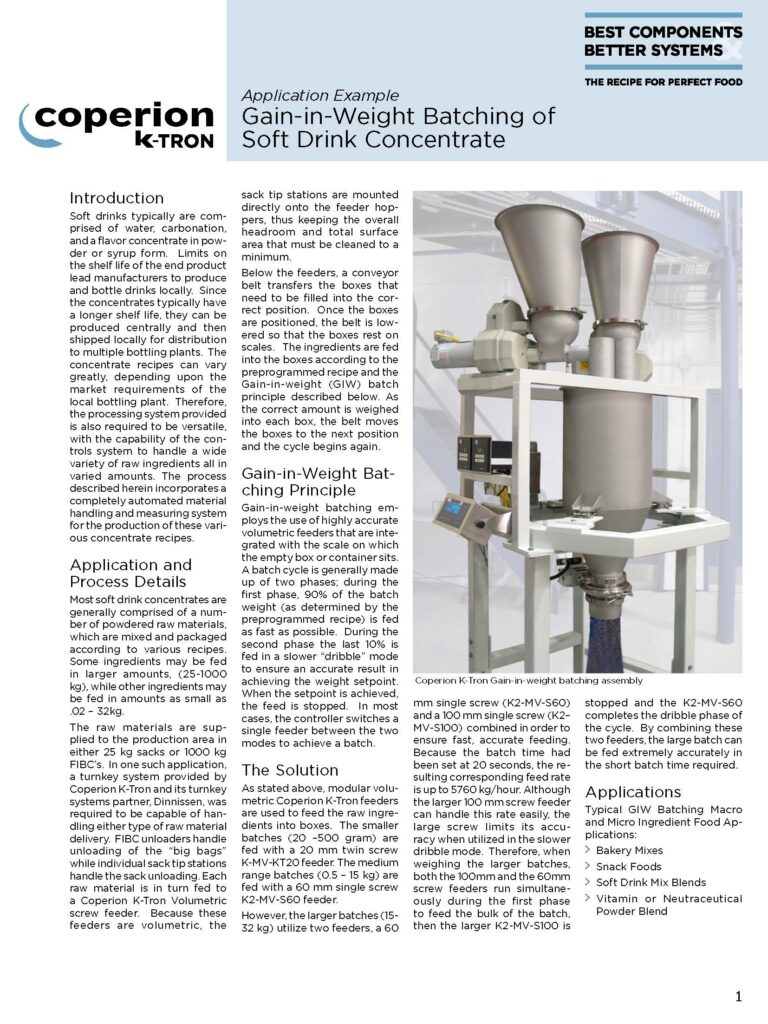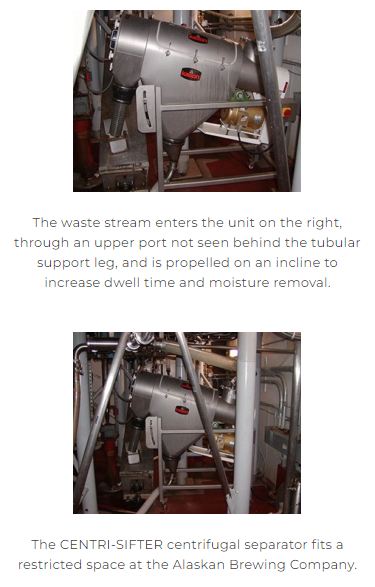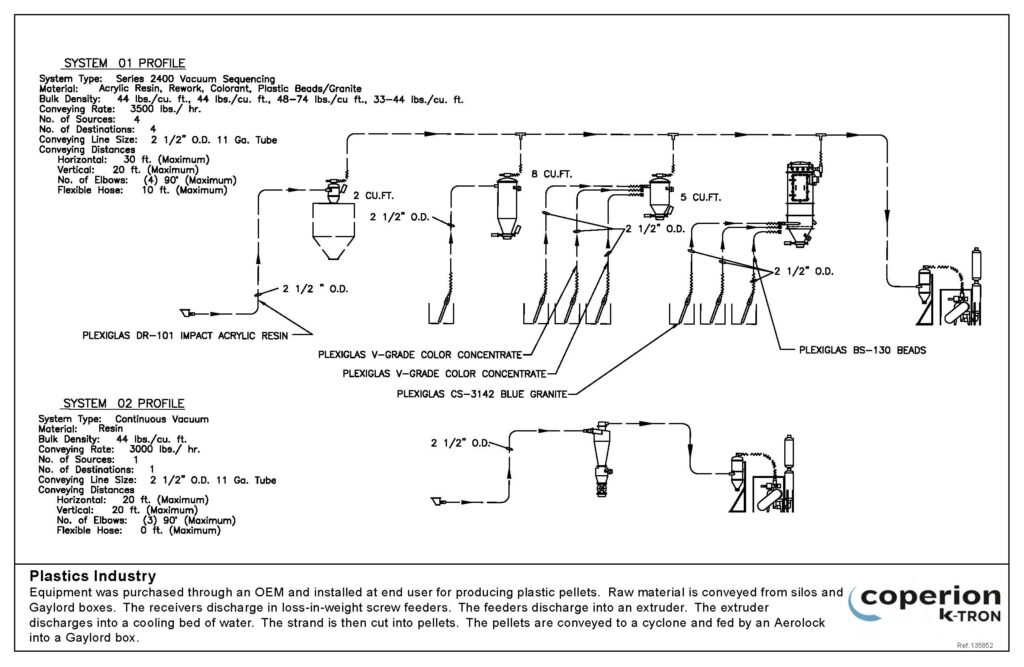Detecting High Sand Level in Settling Tank
Monitor recommended its Model KA rotary paddle bin level monitor with solid extension and guard and a paddle suitable for the target material. The unit was top mounted above the valve so that water could not penetrate into the unit through its paddle shaft seal. In addition, a stainless steel shaft and guard was used. The extension allowed the sensing alarm point to be adjusted to suit the application.
Detecting High Sand Level in Settling Tank Read More »

